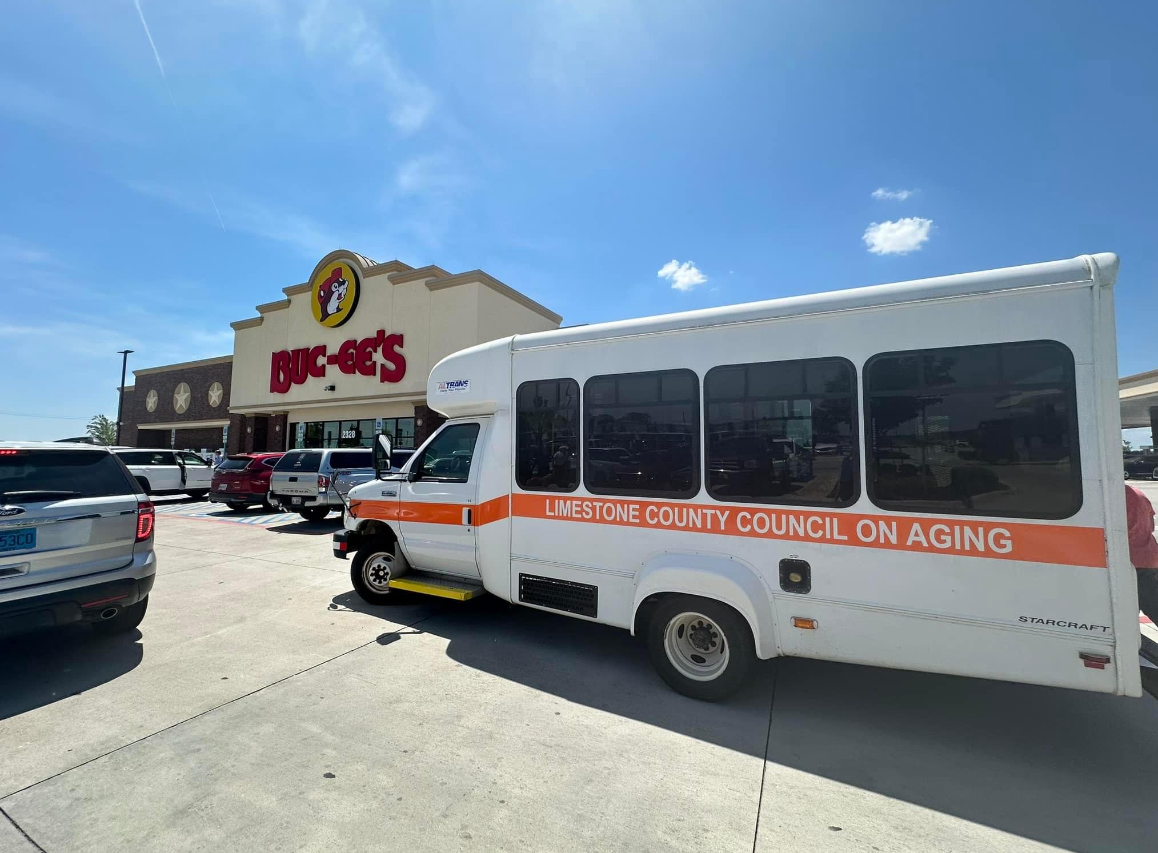Hog sightings concern residents
Published 8:02 pm Saturday, March 11, 2006
What’s big and hairy and you’d hate like the Dickens to find it going through your garbage some morning?
No, not your neighbor’s unemployed son who just moved home.
The next worst thing—wild hogs. They’re headed this way.
Wildlife experts say they’re coming down from Tennessee, crossing over into Limestone County near the Gourdsville community.
The invasion has some folks nervous. It’s even being talked about at Bob’s The Place for Hair, and who knows where else?
But no need to put a heavy-duty lock on garbage can lids; these porkers rooting on the wild side prefer acorns. And that’s what has the guys at Bob’s, at least the hunters, so worried.
Feral hogs, once they get a foothold in an area, compete with deer and wild turkey for available food sources, according to Sgt. Travis W. Gray of the Fish and Game Division of the Alabama Department of Conservation.
It’s like they make big pigs of themselves. Mark Swafford of the Farm Service Agency Soil Conservation office said that along with acorns, feral hogs are also partial to corn and the cob.
Swafford said he only has heard about feral hogs moving into the Leggtown and Gourdsville areas.
“They were mainly rooting for corn planted along the Shoal Creek bottom,” said Swafford. “That was last year’s crop. When it was all eaten up and the creek flooded a couple of times, they went back to Tennessee.”
These might be Tennessee feral hogs that cross the state line for lunch, but Gray said there is also a population of feral hogs on Wheeler Wildlife Refuge.
So, if feral hogs are coming south from Tennessee and the Wheeler conclave conceivably heads north, could the city of Athens get caught in the crossfire? Could residents of an upscale neighborhood look out one morning to find hoof holes punched in the manicured golf greens?
Joe Davis, a barber at Bob’s The Place for Hair, says he’s heard from customers that feral hogs have been seen near Sugar Creek and Stinnett Hollow. “I’ve heard they’re starting to move back north along the creek since people have been hunting them,” said Davis.
However, Heath Clark, owner of 12-Ring Archery, says a couple dozen feral hogs didn’t head north soon enough.
“I think they killed 19 in the Carriger community last fall and one guy at Gourdsville killed seven,” said Clark.
How would one recognize a wild hog if they came upon one? Gray said the feral hogs seen in this area are not the Russian Boars common to some areas of Tennessee, Arkansas and Texas. In 1912, a shipment of European wild boars from Poland or Germany was transported to a private game preserve on Hoopers Bald in western North Carolina, according to a Nantahala National Forest Web site. Eventually, some of the wild boars escaped from the preserve and interbred with domestic pig stock. The wild hogs—known as Russian boars—are descendants of these animals, even though most still carry the characteristics of the European wild boars, including black hair, long legs, and tusks.
According to Gray, feral hogs in this area are a domestic pig gone a little seedy from life on the lam. “Domestic pigs have tusks, but when they are in captivity they are cut down,” said Gray. “But when they’re in the wild there is no one to cut them down so their tusks grow long.”
Gray said they have no natural enemies.
“Once they get a certain size, they have no predators,” said Gray. “It’s not like a hawk or owl can pick them up and carry them off.”
Swafford said that while he had not heard of feral hogs harming domestic animals or humans, there is always danger of them charging, especially if the hog is cornered.
“Will they run from you? Not necessarily. I would say, be very cautious, especially if you get between a sow and her litter,” said Swafford. “They’re about knee-high and can knock you down real easy. They don’t have very good eyesight, but they have a real keen sense of smell. But I think they would run if they had time and room. Just don’t crowd them.”
Clark of 12-Ring Archery said he has heard from customers that hog hunters use dogs to round up feral hogs and then transport them to formerly hog-free areas and liberate them to expand their hunting ranges — seeding for breeding, so to speak.
Richard Adams, who with his father owns land in the Gourdsville area, said that he has also heard of hunters corralling feral hogs, driving them a way into the state and freeing them to do what hogs do best: root and reproduce. According to Gray, hogs can have up to three litters a year with eight to 12 piglets in each.
“Something needs to be done about this,” said Adams. “If farmers find them destroying their crops, by law, they should be able to shoot them. Game wardens need to buckle down on people who are transporting them from one place to another. They are a nuisance, they’re destroying property and I feel sorry for owners who have ponds.”





